
What Is Fiber and Why Is It So Important?
- Home
- Uncategorized
- What Is Fiber and Why Is It So Important?
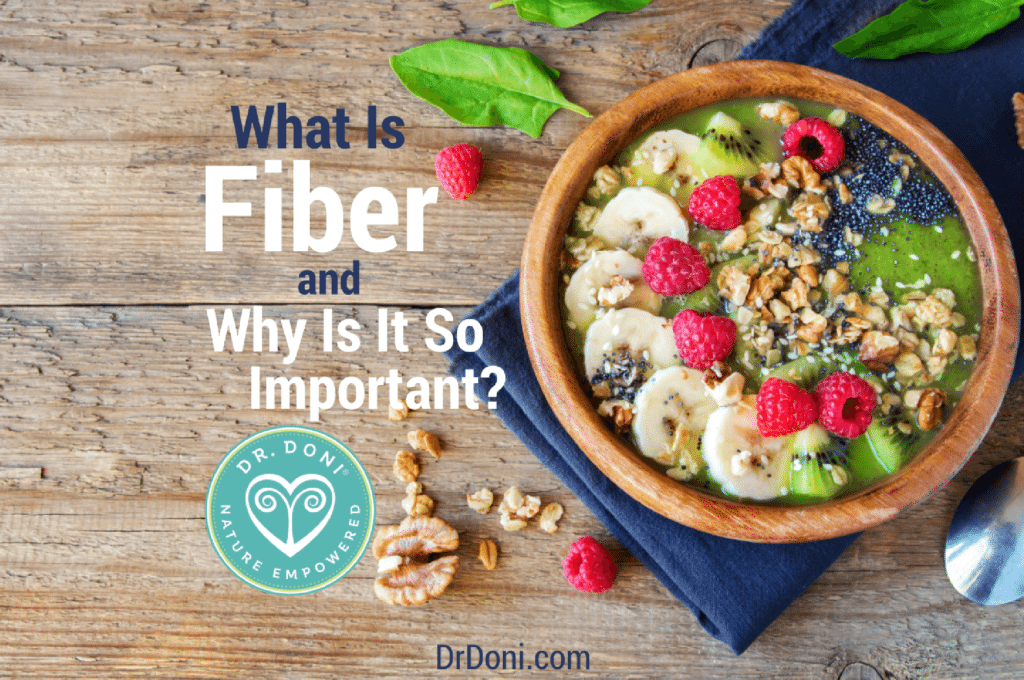
Naturopathic Doctor Doni Wilson explains what fiber is, and how it helps with digestion, heart health, blood sugar balance, weight loss, PMS, and breast cancer prevention.
 These days we see the word “fiber” everywhere in advertising. Hundreds of products have labels promising they are “high fiber foods” or “a good source of fiber.” The food industry tells us fiber can lower cholesterol and keep our hearts healthy. They claim it can even help us lose weight.
These days we see the word “fiber” everywhere in advertising. Hundreds of products have labels promising they are “high fiber foods” or “a good source of fiber.” The food industry tells us fiber can lower cholesterol and keep our hearts healthy. They claim it can even help us lose weight.
It’s easy to become jaded about fiber when we are constantly hammered with it every time we go grocery shopping. But the fact is:
When it comes to your health, fiber is amazing.
Fiber really is a little miracle worker. Yet despite all the media coverage it has received over the years, in my experience as a naturopathic doctor, I find that few people understand what fiber is, why it is crucial to your health, and how to get adequate fiber into your diet. That’s why in this article, we’ll explore all these things, so you can start to reap the many health benefits it offers – including some you may not know about.
What Is Fiber?
All fiber comes from plants. It is what gives a plant its structure. Fiber makes the plant stand up straight, creates the shape of its leaf, and forms the bulk of its seed.
Technically speaking, our bodies cannot digest fiber. Yet fiber benefits our bodies in a variety of ways, and is essential to good health.
Different Types of Fiber
There are two different types of fiber: soluble and insoluble. All plants contain varying amounts of both. Put simply, soluble fiber dissolves in water, while insoluble fiber does not. Soluble fiber slows digestion and prolongs the feeling of fullness while insoluble fiber promotes regular bowel movements.
- Dietary sources of SOLUBLE fiber include oats, peas, beans, lentils, apples, citrus fruits, plums, berries, kiwi, figs, sweet potatoes, carrots, beets, psyllium, flaxseeds, and chia seeds. Barley is also a soluble fiber, but I tend not to recommend it as often to my patients, as it contains gluten, which many of my patients need to avoid. Inulin, gums, pectins, and beta-glucan are other soluble fibers.
- Dietary sources of INSOLUBLE fiber include skins of fruit, broccoli, cauliflower, greens (spinach, kale, lettuce, etc), green beans, cabbage, cucumbers, celery, onions and garlic, tomatoes, zucchini, nuts, pumpkin seeds, and sesame seeds. Gluten-containing grains (such as whole wheat and couscous) also contain insoluble fiber, but there are many other gluten-free options, such as quinoa and brown rice. In addition, lignin and cellulose are insoluble fibers.
One type of fiber that acts both like soluble and insoluble fiber is “resistant starch.” I’ll share more about it below.
Splitting fiber into these two categories can be useful, but as I’ll explain throughout this article, we also want to consider other properties of fiber, including:
- Effect on digestion
- Fermentability
- Effect on blood sugar and cholesterol
- Ability to remove toxins
Resistant Starch
Although not originally considered a “fiber,” resistant starch was added to the definition of fiber in 2001 because it (like other fiber) is not digestible and it performs many of the same functions as fiber.1
Plants contain starch, which is where carbohydrates and glucose come from. While we can digest most starches, some forms – known as “resistant starch” – are indigestible. Dietary sources of resistant starch include seeds, unprocessed whole grains, peas, beans, raw potatoes, and green bananas. It is also present in potatoes and rice that have been cooked and then cooled. It is popular to take potato starch by the spoonful as a source of resistant starch.
Resistant starch functions in the intestines like both soluble and insoluble fibers. It has been shown to improve insulin sensitivity (the ability to move glucose into cells) and keep your blood sugar balanced. Resistant starch is also fermentable, meaning it acts as a prebiotic, helping to feed good bacteria in the gut (more on this shortly). It also helps you feel full, so you are less likely to overeat. When we look at these (and other) health benefits of fiber throughout the rest of this article, bear in mind that most of this information is also applicable to resistant starch.
How Fiber Helps in Digestion
Both kinds of fiber are essential to digestive health. As soon as you swallow fiber-rich food, it encourages your body to maintain regular bowel movements. Without regular bowel movements, you are more susceptible to diverticulitis, hemorrhoids, and an imbalance of bacteria living in your intestines (referred to as dysbiosis).
For the most part, we want our good bacteria to grow in the large intestine, but not too much in the small intestine – and we want the bacteria to process fiber in a way that produces substances we need, not gases. When you do not regularly eat sufficient fiber, you are likely to experience frequent constipation (such as with Irritable Bowel Syndrome, or IBS). You are also likely to develop an overgrowth of unwanted bacteria in your small intestine (known as Small Intestine Bacterial Overgrowth, or SIBO) or an overgrowth in another less optimal location in the body (known as dysbiosis). Dysbiosis and SIBO can cause leaky gut, and release toxins (called LPS) into your blood stream. This can cause you to feel unwell – not just in your belly, but everywhere. You could even experience brain-fog, fatigue, aches and pains, and weight gain.
Insoluble fiber is especially helpful in the prevention of constipation, diverticulitis, and hemorrhoids. That is why doctors will frequently tell you to increase your fiber intake if you suffer from constipation or irregularity. However, the type of fiber they recommend might not be right for you at this time, especially if it ends up feeding the unwanted bacteria and perpetuating the issue. The best way to address this is to find out which bacteria are growing (or overgrowing) in your gut, and then to choose the best fiber to feed the bacteria you’d like to increase. We can determine this with a breath test (which assesses the gases produced by bacteria in your small intestine) and a stool test (which shows us the bacteria living in the large intestine).
If you currently suffer with any of the above described digestive issues, I strongly recommend working closely with a naturopathic doctor who can advise you on the right kind of fiber for your condition. Over time, your gut bacteria will rebalance, and you will again be able to consume other types of healthy fiber. If you don’t already work with a naturopathic doctor, I recommend searching for your state naturopathic association or contacting the American Association of Naturopathic Physicians. If you’d like to speak with me about working together, you can read about my treatment packages here.
How Fiber Helps Your Metabolism
As mentioned, fiber is essential for feeding the good bacteria living in your large intestine. These bacteria are called “microbiota” or “probiotics” and their food (fiber) is called “prebiotics.” When bacteria “eat” the fiber (via fermentation), they produce nutrients and other substances essential both for the health of your colon and the rest of your body.2
For example, bacteria make a type of fat called “short chain fatty acids” (SCFA), specifically butyrate, which is essential for healthy colon cells (a lack of SCFA is actually associated with an increased risk of colon cancer) and sends signals that improve your metabolism. These bacteria also make vitamin K for our body, as well as substances that communicate with our nervous system, immune system, and hormones.
In fact, we now know that 99% of substances integral to healthy metabolism are made by the bacteria in our gut. That means the bacteria living inside us “run the show” more than we ever imagined. Our health is more dependent on the bacteria (and their genes) than on our own genes. And to do all that work for us, the bacteria require fiber.
Many fibers – both soluble and insoluble – are “fermentable,” which means they help feed the “good bacteria” in the gut. Research shows that if you consume 8 to 21 grams of “fermentable” fiber each day, you can boost your metabolism in as little as two weeks. This results in weight reduction due to a more optimal balance of bacteria.
Fermentable fibers include:
- Fructans – such as inulin, agave, artichokes, asparagus, leeks, garlic, onions, and wheat. Fructans are FODMAPs, which are known to cause bloating and digestive upset in people who have a fructose intolerance and/or IBS. You may need to avoid fructans if you feel worse when you eat these foods.
- Xyloglucan & xylooligosaccharides – from wood, more often used as a thickening agent in food products.
- Arabinoxylans – from rice bran and wheat.
- Galactoglucomannan & galactooligosaccharides – often found in supplements. They have been shown to help with bowel regularity and weight loss.
- Hemicellulosic Polysaccharides – In fruit, seeds, and leafy greens.
- Beta-glucans – In oats and barley. They have been shown to help improve insulin function and decrease both blood sugar levels and cholesterol.
So when you eat plenty of fruits, leafy greens, vegetables, seeds and grains, you are essentially feeding bacteria that then optimize your metabolism. Fermentable fiber has been shown to decrease appetite, lower fat storage, as well as improve insulin function and blood sugar balance – our next topic.
Blood Sugar, Cholesterol, and Heart Health
We often hear that fiber is good for your heart and that it helps to lower cholesterol. That is true, but for a different reason from what you might expect.
Studies indicate that heart disease is caused more by inflammation than by cholesterol. Many people who have a heart attack, for example, don’t have elevated cholesterol levels. What they have is inflammation.3
Inflammation comes from the following sources:
- Leaky gut – allowing the food you eat to trigger inflammatory responses that spread throughout your body
- Imbalanced gut flora – bacteria produce LPS, which increases inflammation
- Fat cells in your body – obesity is associated with high levels of inflammation
- Cholesterol in your arteries – when cholesterol gets stuck in the walls of your blood vessels, it increases inflammation, which then leads to plaque formation and atherosclerosis
Fiber helps to reduce heart disease by addressing all of these sources of inflammation. It helps heal leaky gut by keeping bowel movements regular, by feeding healthy bacteria, and by removing toxins from your gut (which we’ll discuss more in the next section). As fiber feeds desired bacteria, it helps to reduce LPS and inflammation. It also improves your metabolism (as we discussed) and helps to balance your blood sugar levels, which ultimately drops the amount of cholesterol in your blood stream.
To understand this, you first need to understand that no more than 20% of the cholesterol in your blood comes from cholesterol in your diet. In fact, your body makes cholesterol from sugars:
- When you consume sugar or carbohydrates (bread, pasta, etc. which convert to sugar in the body), your body uses insulin to process them.
- If you consume more sugar than your body’s insulin can manage at one time, your liver converts that excess sugar into cholesterol or body fat.
- That extra cholesterol in your blood gets stuck in your blood vessels, which can lead to plaque formation, blocked arteries, strokes and heart attacks.
So, how can fiber help keep your cholesterol at healthy levels? Both soluble and insoluble fiber slow the rate at which carbohydrates are absorbed into your blood from your intestines. That means your blood sugar level doesn’t go up as quickly and your insulin is more likely to move sugar into your blood cells (where it can be used for energy), instead of sending it to your liver to be made into cholesterol. Resistant starch adds to this benefit by improving insulin function directly. Soluble fiber can also bind onto cholesterol in your food and prevent absorption, but that only plays a minor role in reducing cholesterol levels compared to reducing blood sugar levels.
So, the key to healthy blood vessels (and a healthy heart) is healthy digestion. And the best way to keep your digestion healthy is to eat fiber to keep things moving, slow carbohydrate absorption, and feed the good bacteria, who are your friends in terms of managing leaky gut, blood sugar and inflammation.4
At the same time, by eating enough fiber, you’ll also be preventing insulin resistance, diabetes, and other conditions associated with inflammation (see my earlier article on this subject called “Inflammation is at the Core of Most Health Issues”).
Fiber Helps Prevent Breast Cancer
Fiber also plays an important role in protecting your body against cancer – especially breast cancer. This is because fiber helps detoxify excess estrogen (high estrogen levels are known to increase breast cancer risk).5
Here’s how this works:
- Toxins and hormones (especially estrogens) are first processed by the liver.
- The processed estrogens and toxins are placed in bile produced by your liver, which then travels via your gall bladder and bile duct to your intestines.
- As fiber makes its way through your digestive tract, it grabs on to those toxins and estrogens, helping ensure they are eliminated in your stool.
If you don’t have regular bowel movements and/or you don’t have enough fiber to bind to the toxins, those harmful toxins can be reabsorbed back into your body, possibly causing damage along the way. Thus, fiber plays a vital role in helping your body detoxify and resist cancer.
Because of its detoxifying abilities, adequate fiber can also help lessen the likelihood of developing symptoms of other hormonal problems, such as premenstrual syndrome (PMS) and polycystic ovary syndrome (PCOS).6
Getting Enough Fiber
The best way to ensure you are getting enough fiber is to eat foods rich in both soluble and insoluble fibers (and resistant starch). According to the Institute of Medicine, the current recommended daily intake of fiber is:
- 25 grams per day for women
- 38 grams per day for men
To give you a sense of how much that is, one apple, one orange, and one cup of cooked spinach each contain about 4 grams of fiber. If you find it difficult to get this much fiber in your normal meals, here are some ideas for boosting your intake:
- Include fruits, vegetables, leafy greens, nuts, seeds, and/or legumes in each meal. Foods with the most fiber include raspberries, blackberries, prunes, beans, peas, chickpeas, and artichokes. Foods lowest in fiber are refined grains such as white rice, white bread, and white pasta.
- Add a tablespoon of high-quality fiber powder or potato starch to a full glass of water every day. There are many powdered fiber supplements on the market, some better than others. I have shared a list of my preferred fiber products at the end of this article. To get the greatest benefit from fiber powder, it’s best if you get into a regular habit of taking it the same time every day. You might take it just before bedtime, or first thing in the morning when you wake up, especially if drinking water at night keeps you awake. Always remember to take fiber with a LARGE glass of water.
- Add ground flaxseeds, chia seeds, and/or other fiber in powder form to your protein shakes and smoothies. These will thicken your shake while boosting your fiber intake.
- Arabinogalactan is another excellent source of soluble Arabinogalactan comes as a powder and is one of my favorite additions to a protein shake because it doesn’t change the texture or flavor. Sourced from the larch tree, arabinogalactan also helps feed good bacteria in the gut and aids in digestive healing. It also helps support healthy immune function.
- You can also get your fiber in capsule form. This way, you can get the equivalent fiber of, say, one tablespoon of ground flaxseeds in a single daily capsule. It’s sometimes the easiest option for people who are always on the go.
TIP: When adding fiber to your diet, it is best to start slowly and increase gradually. I suggest to add up to 5 grams per day until you reach your goal daily amount. The reason it is important to go slowly is because fiber feeds good bacteria, and as you shift the type of fiber you are consuming, you’ll also be supporting different bacteria. We want that type of change to occur, but if you go too quickly, you could experience bloating or bowel changes. Then you just need to back off on the dose and start again with a lower dosage.
NOTE: While fruit and vegetable juices contain soluble fiber, they do not provide any insoluble fiber.
VERY IMPORTANT: Fiber increases in bulk when it enters your digestive tract. That’s why it’s vital that you drink plenty of water throughout the day when consuming more fiber, especially the soluble kind.
Recommended Supplements to Boost Your Dietary Fiber
Below is a list of some of my most frequently recommended supplements* for increasing dietary fiber. Some are powders, while others come in capsule or tablet form. Several are single-ingredient sources, while others are combination products that blend various fiber with other ingredients, such as herbs or probiotics (good bacteria). If you’re new to fiber supplements, I recommend trying a single ingredient fiber product first, to get a sense of how it feels in your body. Once your body gets used to the additional fiber, you can try a combination product. Clicking on a link will take you to that product in my online shop.
- ARA-6 – powder; soluble fiber from arabinogalactan.
- Biotagen Powder – soluble fiber from inulin and oligofructose.
- Biotagen Capsules – soluble fiber from inulin and oligofructose.
- Galactomune Powder – soluble fiber from galactooligosaccharides and beta-glucan.
- Galactomune Capsules – soluble fiber from galactooligosaccharides and beta-glucan.
- Cellulose Fiber – powder; insoluble fiber.
- DFH PaleoFiber – powder; combination of fiber sources (psyllium, flax, inulin, cellulose, pectins and gums). Also available in Berry Flavor.
- DaVinci Clearly Fiber – powder; digestion resistant maltodextrin from corn starch.
- VN Whole Fiber Fusion – powder; combination of fibers (chia seed powder, flax seed powder, dried prune powder, herbs and probiotics).
- GI Fortify – powder of psyllium and ground flax seed, along with glutamine, DGL and triphala.
- PureLean Fiber – powder with xylooligosaccharides, plus cellulose, gum, pectin and glucomannan.
- Flax Lignan SDG – capsules of ground flaxseed (1 capsule is equivalent to 1 Tb ground flaxseed).
- Dr. Doni’s Leaky Gut Support – powder, contains arabinogalactan along with glutamine and DGL for leaky gut healing.
Closing Thoughts
I hope this article has helped you understand a bit more about fiber, and how it really is a miracle worker when it comes your health.
And, as always, if you have any health concern related to the topic of this article, and would like to discuss the possibility of working together to get you back on the road to optimal health, please reach out.
Until next time, I hope you’ll subscribe to my Weekly Wellness Wisdom newsletter, so you can receive all my upcoming articles about how to have a healthier and happier life – naturally.
–Dr. Doni
9th March 2017
—
*Please keep in mind that any and all supplements—nutrients, herbs, enzymes, or other—should be used with caution. My recommendation is that you seek the care of a naturopathic doctor (with a doctorate degree from a federally-accredited program) and that you have a primary care physician or practitioner whom you can contact to help you with individual dosing and protocols. If you ever experience negative symptoms after taking a product, stop taking it immediately and contact your doctor right away.
References:
- Soral-Smietana M, Wronkowska M. Resistant Starch – Nutritional and Biological Activity. Pol. J. Food Nutr. Sci. 2004, Vol. 13/54, SI 1, pp. 51–64.
- De Vadder F, Kovatcheva-Datchary P, Goncalves D, Vinera J, Zitoun C, Duchampt A, Bäckhed F, Mithieux G. Microbiota-generated metabolites promote metabolic benefits via gut-brain neural circuits. Cell. 2014 Jan 16;156(1-2):84-96.
- Hansson GK. Inflammation, Atherosclerosis, and Coronary Artery Disease. N Engl J Med. 2005 Apr 21;352(16):1685-95.
- Kieffer DA, Martin RJ, Adams SH. Impact of Dietary Fibers on Nutrient Management and Detoxification Organs: Gut, Liver, and Kidneys. Adv Nutr. 2016 Nov 15;7(6):1111-1121.
- Dieli-Conwright CM, Lee K, Kiwata JL. Reducing the Risk of Breast Cancer Recurrence: an Evaluation of the Effects and Mechanisms of Diet and Exercise. Curr Breast Cancer Rep. 2016; 8(3):139-150.
- Turner-McGrievy G, Davidson CR, Billings DL. Dietary intake, eating behaviors, and quality of life in women with polycystic ovary syndrome who are trying to conceive. Hum Fertil (Camb). 2015 Mar;18(1):16-21.
Share this Post:
Dr. Doni Wilson's Team
14 Day Detox Program
Take the Stress Type Quiz
Dr. Doni Social Media
Popular Posts

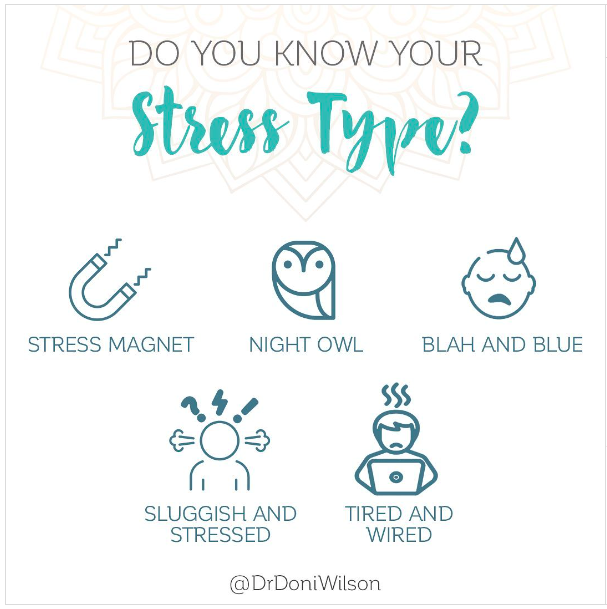
The 5 Burnout Types
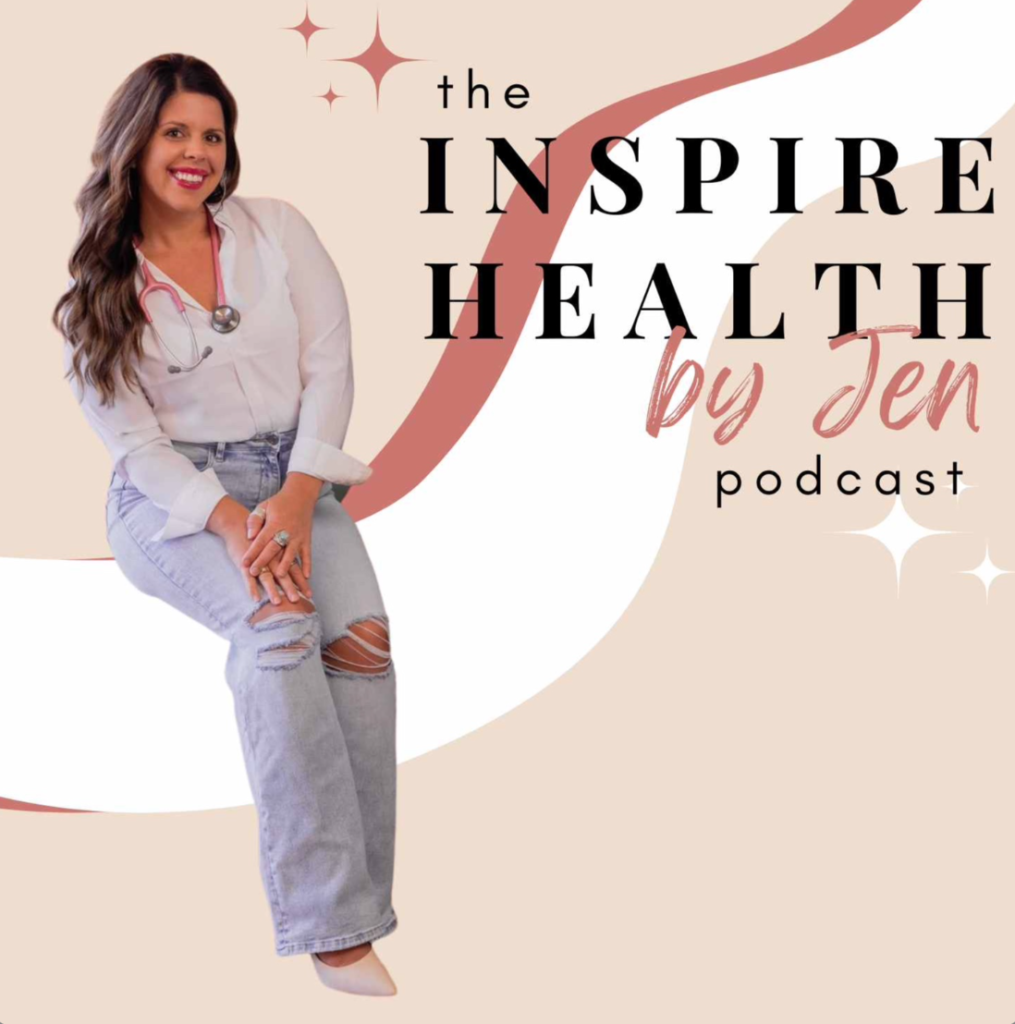
Healing HPV Holistically: Dr. Doni on the Inspire Health by Jen Podcast
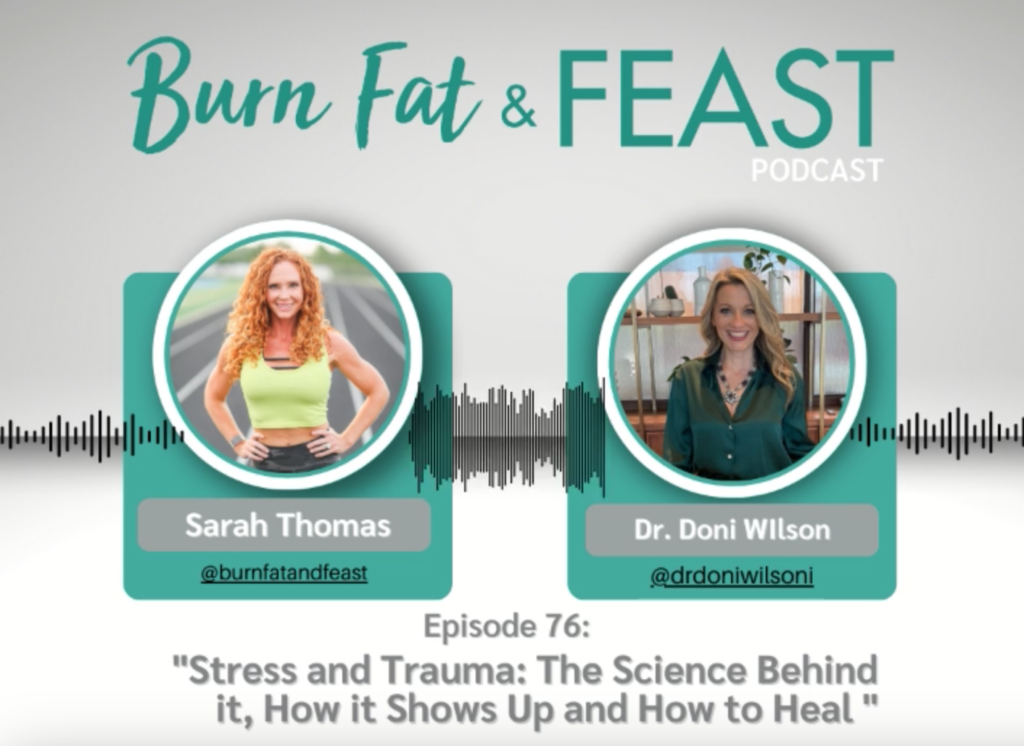
Recent Podcasts
Signup to receive our weekly newsletter with all the latest news, podcasts and special offers
New Book - Order Today!

SIMPLE PRACTICES for SHIFTING FROM YOUR STATE of STRESS to YOUR FLOW and FREEDOM
MASTER YOUR STRESS
RESET YOUR HEALTH
Order Now! Related Posts

What is making you susceptible to HPV?
I have been working with women who had abnormal cells on their cervix and/or vaginally, caused by HPV for over 20 years now. And while

The 5 Burnout Types
Did you know there are 5 burnout types? They are based on your Stress Type®, which is how your adrenal function has been affected by
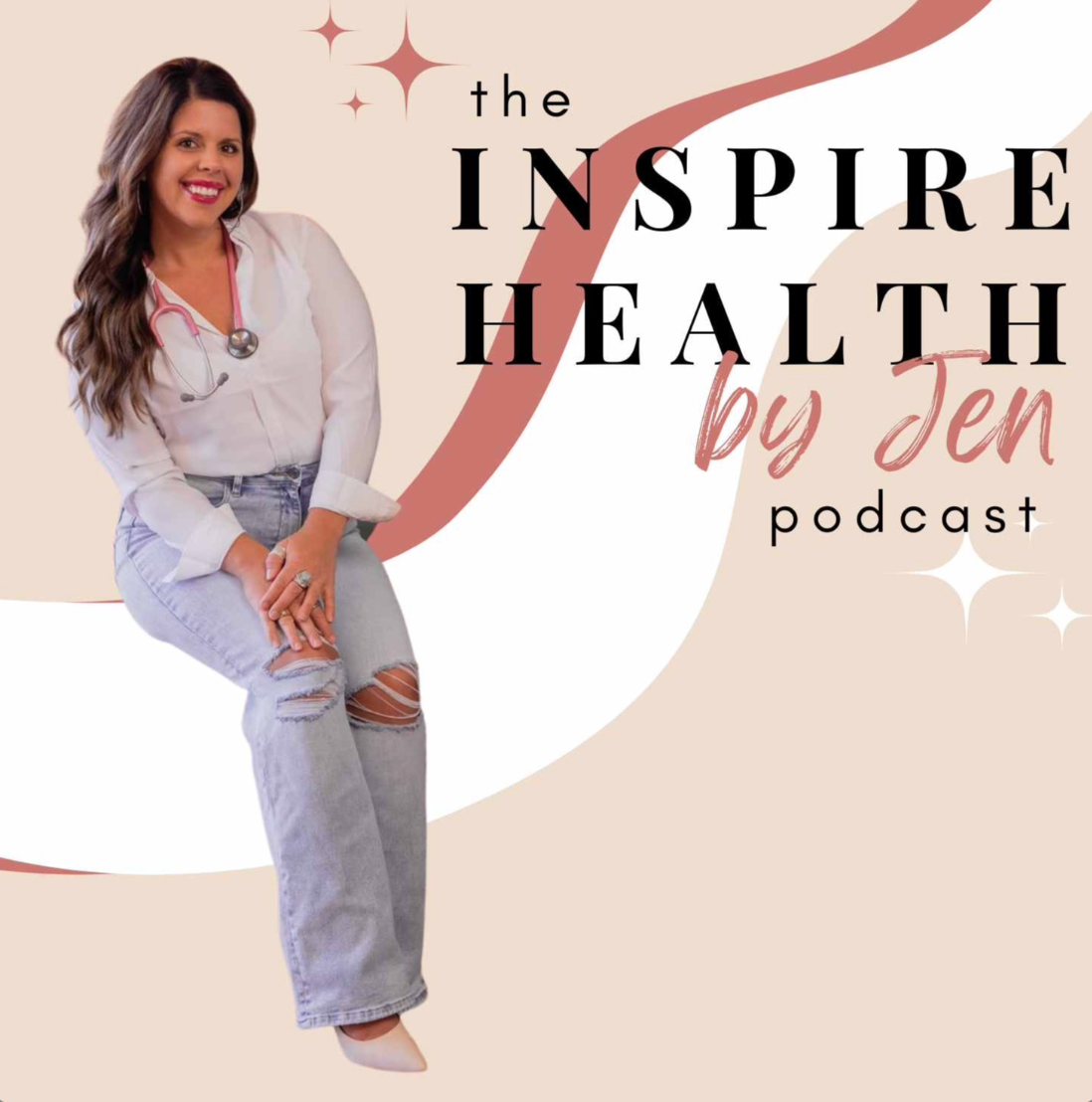
Healing HPV Holistically: Dr. Doni on the Inspire Health by Jen Podcast
Dr. Doni was interviewed by Jen Ciszewski on the Inspire Health by Jen Podcast, talking about how to heal away HPV from your body for good.
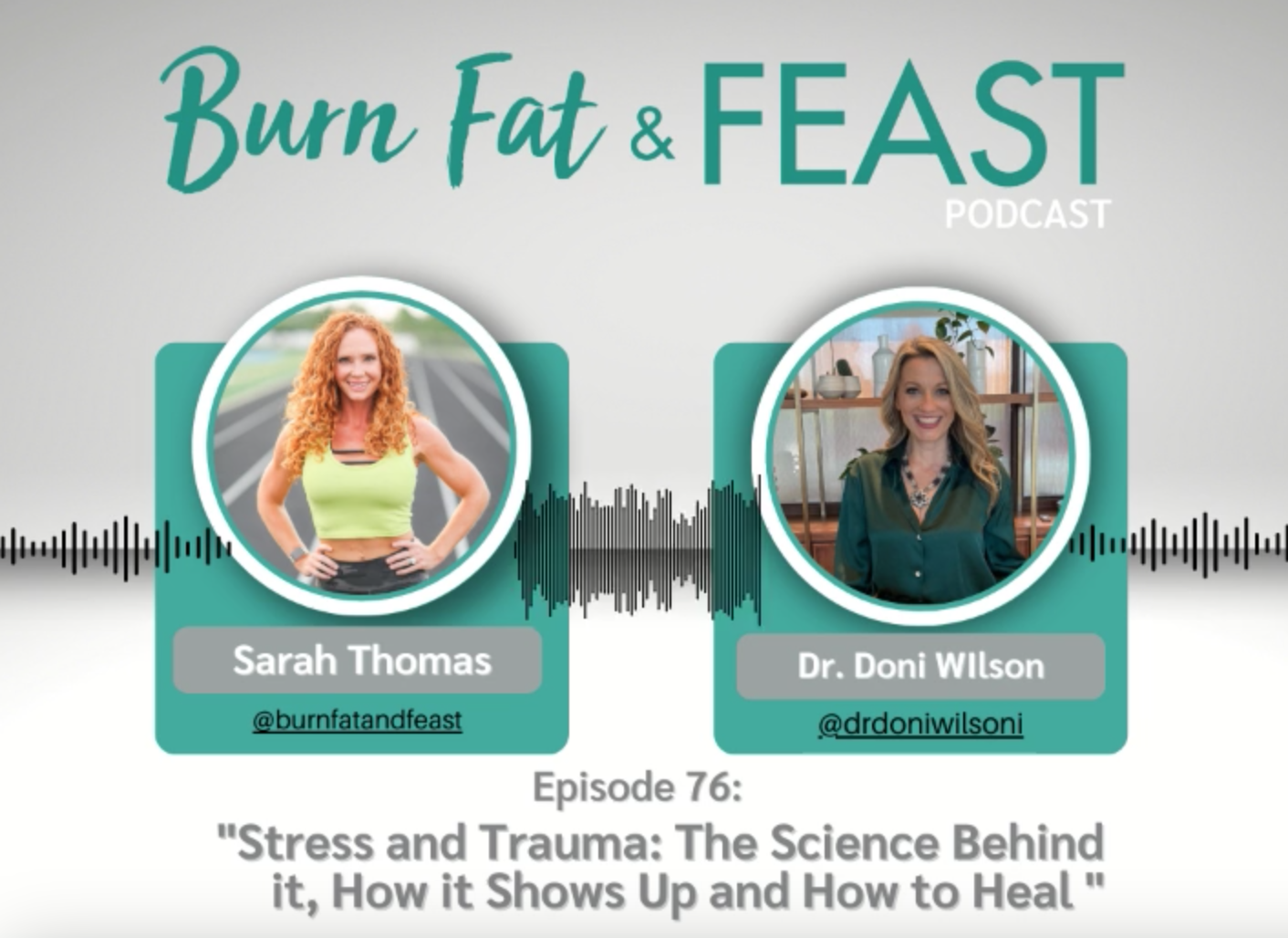
Stress and Trauma: The Science Behind It, How It Shows Up and How to Heal: Dr. Doni on The Burn Fat and FEAST Podcast
Dr. Doni was interviewed by Sarah B. Thomas on the Burn Fat and FEAST Podcast, talking about the impact of stress and trauma on our health and what to do to recover from them.














